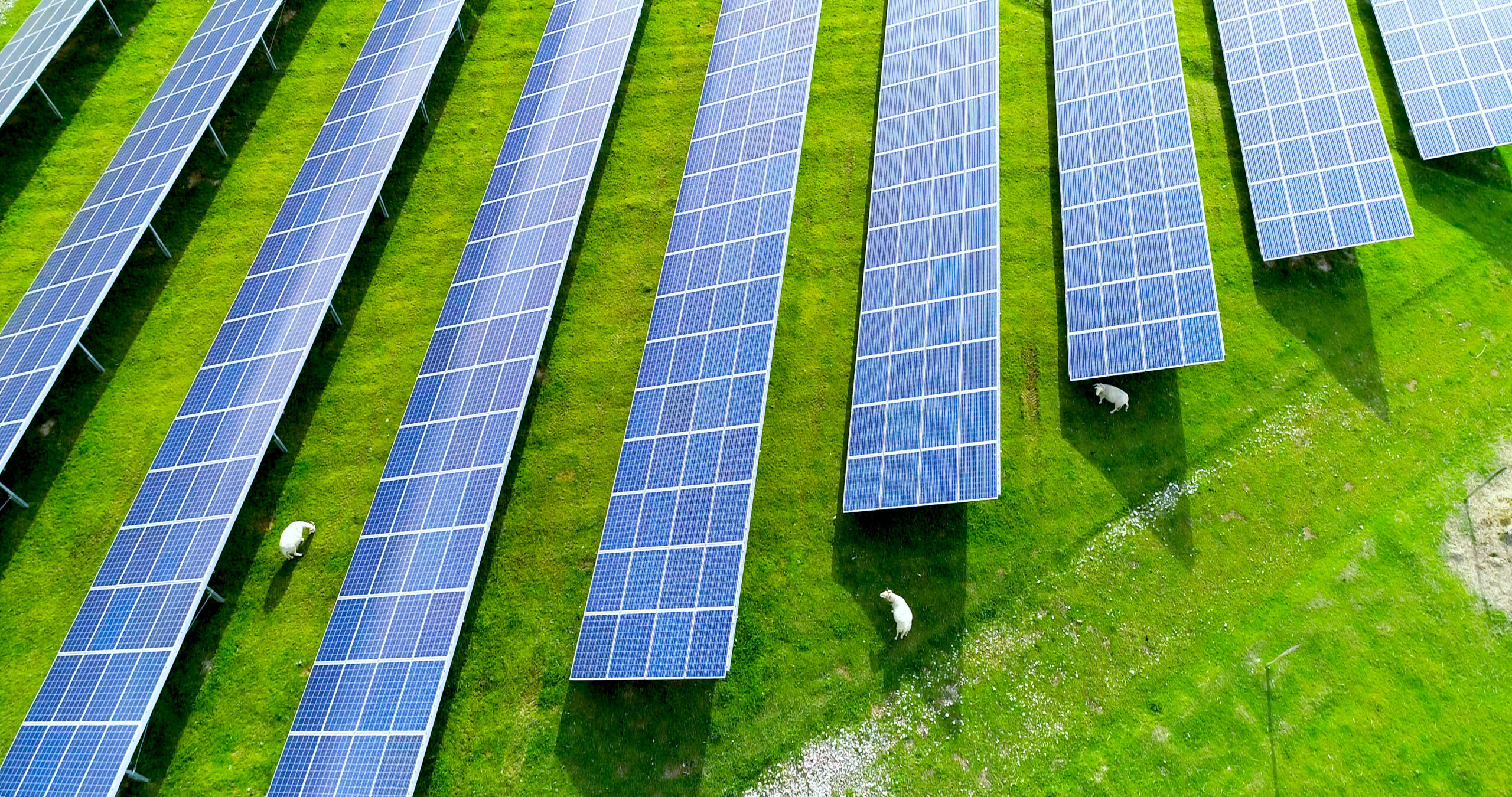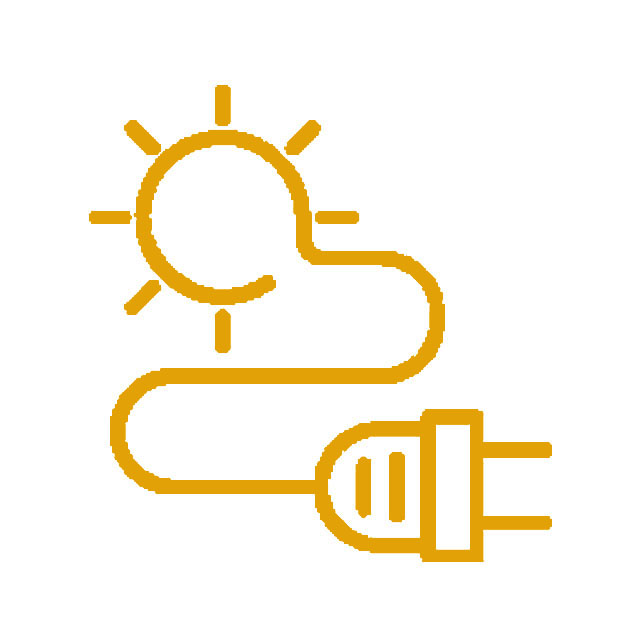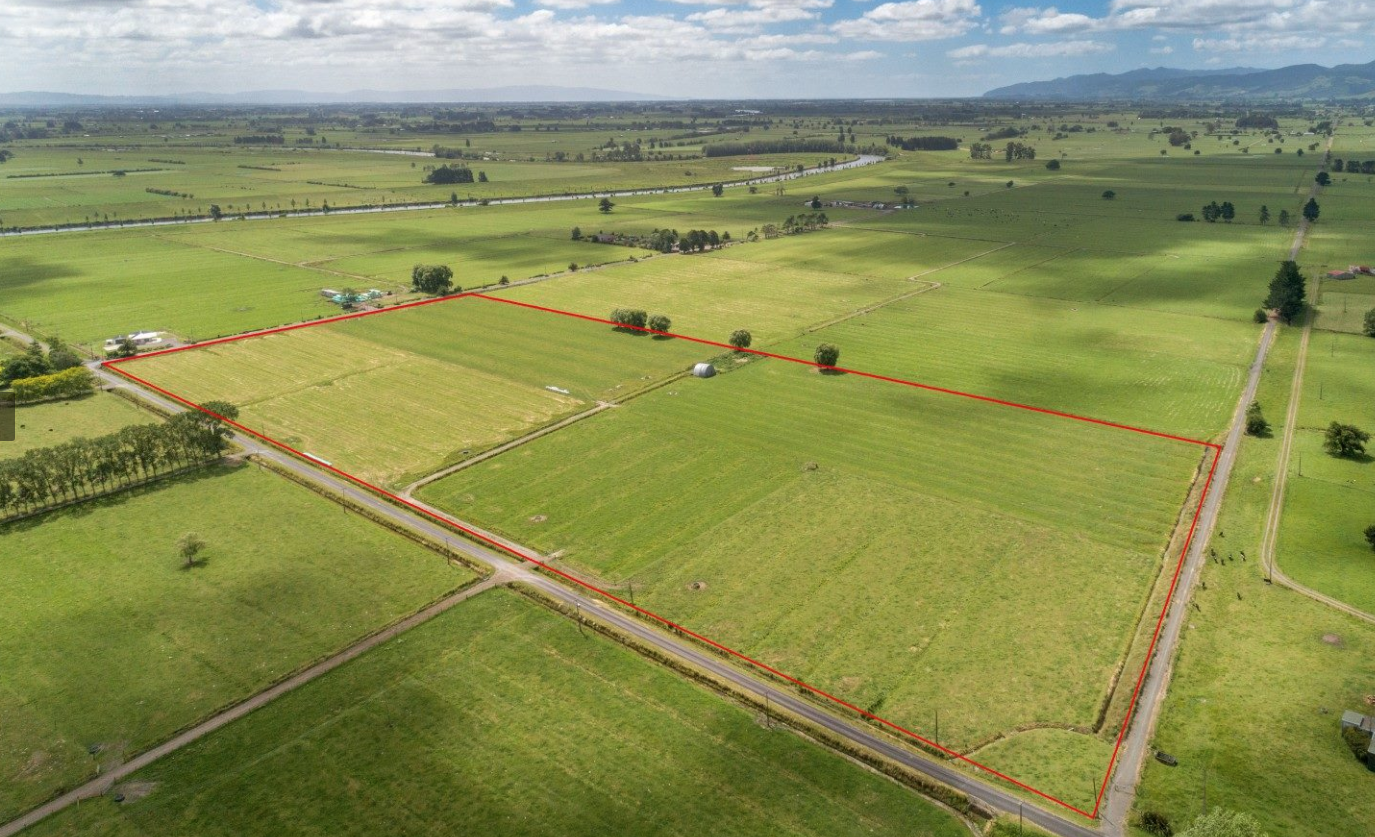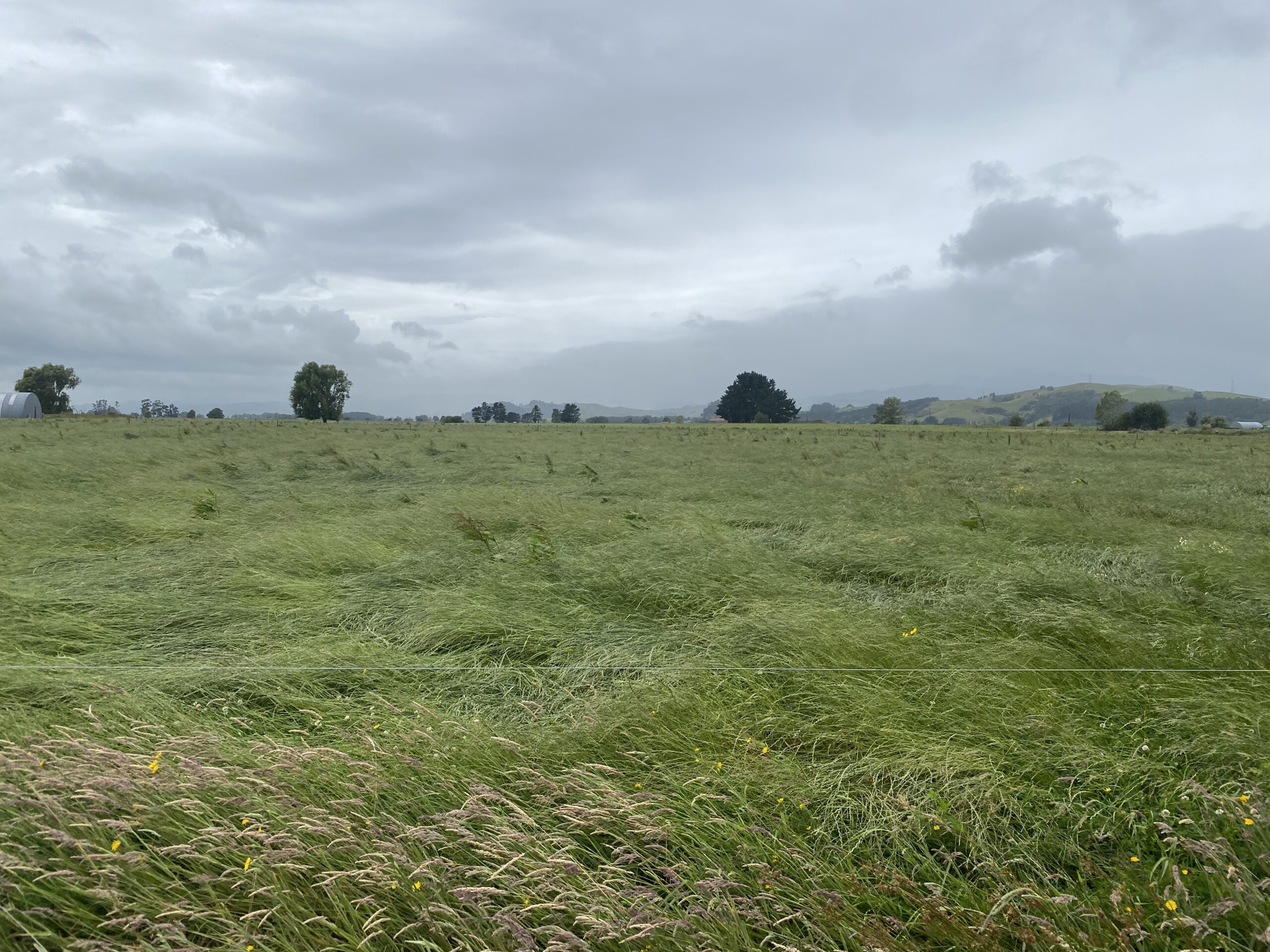
Solar Farms
Harvesting the power of the sun…
Why Solar?
Solar energy is a clean, renewable, and abundant source of energy that can help address some of the world’s most pressing challenges, including climate change, energy security, economic development, and resilience.
New Zealand has set a goal of generating 100% renewable energy by 2035, and solar energy will play an important role in achieving this target. New Zealand has a relatively small population and a remote location, which makes it vulnerable to supply disruptions and energy price fluctuations. Promoting and supporting solar energy is an important step for New Zealand to diversify its energy mix, reduce its carbon footprint, enhance energy security, stimulate local economies, and improve resilience in the face of natural disasters or other emergencies.
Why Build a Solar Farm?
Building a solar farm can provide a range of benefits.
- A solar farm is a clean and renewable source of energy that does not produce harmful greenhouse gas emissions. Building a solar farm can help to reduce the use of fossil fuels and the associated negative impacts on the environment.
- Solar energy has become increasingly cost-competitive with traditional sources of energy, particularly in areas with high electricity prices. Building a solar farm can help to reduce electricity costs over the long term.
- Solar farms can be built on unproductive land or land that is not suitable for other uses, such as desert areas or landfills, which can help to minimize competition for land use and offer many benefits to the local community.

Climate Change: The burning of fossil fuels for energy is a major contributor to climate change. Solar energy is a clean and renewable source of energy that does not produce harmful greenhouse gas emissions, making it an important solution to reduce our carbon footprint and mitigate the effects of climate change.

Energy Security: Fossil fuels are a finite resource, and their extraction and transportation can be risky and expensive. Solar energy, on the other hand, is abundant and readily available, and can provide energy security for countries and communities, particularly those that are isolated or have limited access to traditional sources of energy.

Economic Benefits: The cost of solar energy has been declining rapidly in recent years, making it a cost-effective option for electricity generation. In addition, solar energy can create jobs in manufacturing, installation, and maintenance of solar panels, helping to stimulate local economies.

Resilience: Solar energy systems can provide power during natural disasters or other emergencies, when traditional sources of energy may be disrupted. This can help communities to be more resilient and better prepared for emergencies.
The Solar Farms
Our first three farms are under development and construction. The farms have been designed to provide multiple benefits including the retention of agricultural land, local economic development, and broad adoption of solar energy technologies.

Daybreak I
Daybreak One is 4.5MW solar farm located near Komata. The solar farm will produce 7,000 MWh of energy each year (equivalent of 750 homes).

Daybreak II
Daybreak Two is 15MW solar farm located near New Plymouth. The solar farm is in one of the sunniest locations in New Zealand.

Daybreak III
Daybreak Three is 30MW solar farm located near Auckland.

Key Metrics
Emissions released
Solar farms do not produce air pollution or greenhouse gases. Solar has no emissions. It just silently generate pure, clean energy.
In 1 year
The first 5MW farm is expected to be operational and Grid Connected in Q2 2025.
In 3 years
Building a pipeline of development opportunities for approximately 50MW of renewable energy farm capacity throughout New Zealand.
In 5 years
Establishing a development pipeline for approximately 200MW of renewable energy farm capacity throughout New Zealand.
FREQUENTLY ASKED QUESTIONS
1. HOW DO SOLAR FARMS WORK?
The solar farm consists of a large array of solar panels that absorb sunlight and convert it into direct current (DC) electricity. The solar panels are typically made of silicon, which is a semiconductor material that can convert sunlight into electricity.
The DC electricity produced by the solar panels is then sent to a series of inverters that convert it into alternating current (AC) electricity, which is the type of electricity used by most homes and businesses.
2. WHAT SORT OF LAND DOES THE SOLAR FARM NEED?
Solar farms can be built in a variety of locations, including open fields, deserts, and on the roofs of buildings. Usually, the panels are placed at an angle to get the maximum sunlight. The farm can also be designed to track the movement of the sun throughout the day to maximize their energy production.
3. CAN CROPS STILL GROW UNDER SOLAR PANELS?
When installed and maintained properly, solar panels are unlikely to damage crops or contaminate soil. In fact, solar panels can provide several benefits for agricultural land, including shading and reducing soil erosion. However the right position and proper maintenance of the solar panels also crucial to ensure that they do not cast too much shade on crops, which can reduce their growth and yield.
4. CAN ANIMALS GRAZE AROUND SOLAR PANNELS?
Solar farms and animals can potentially share a pasture, but it depends on a variety of factors, including the design of the solar farm and the type of animals that would be present in the pasture. Solar panels can be installed on raised platforms to provide shade and shelter for animals. Small animals like sheep, goats, chickens and pigs can share with solar panels, but certain types of animals may not be compatible with solar farms, especially if they are prone to causing damage or disturbances.

